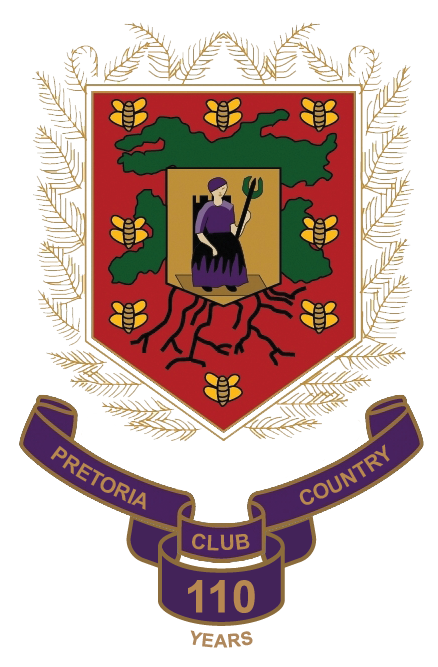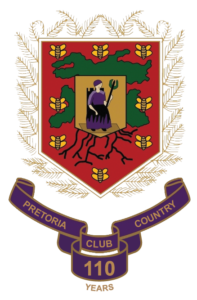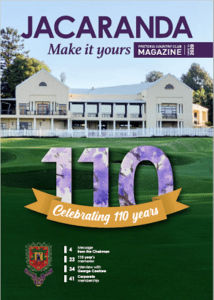learn about our history
Our history
Date of birth: July 1859
Location of birth: Rostock, Mecklenburg-Schwerin, Germany
Date of death: c. 2 September 1929 Location of death: London, England
remember the past
SIR JULIUS JEPPE
Jeppe began his career as a mining and property magnate as a clerk in the firm of Schiffman and Company in Pretoria, and quickly rose to a managerial position. However, with the discovery of gold in the nearby Witwatersrand, he and his elder bother, Carl Jeppe, devoted their time to prospecting and developing land in the Johannesburg area. The Jeppe’s originally controlled a syndicate that owned land called Randjeslaagte, which when deemed unfit for mining, later became Jeppestown and Fordsburg under Jeppe’s chairmanship.
In 1905, Jeppe entered into a partnership with Sir Abe Bailey, and merged his company with the Witwatersrand Township Estate and Finance Corporation. In 1919, this company became known as the South African Townships, Mining and Finance Corporation, with Jeppe as the chairman and managing director up until his death. In 1891, Jeppe married Grace Cowen, and together they had five children. Jeppe was also highly involved in the Johannesburg town council from 1889, and served on various executive boards, including the Chamber of Mines and the Rand Water Board. For his pioneering role in the development of Johannesburg he was knighted in 1922. Sir Julius Jeppe passed away in London on 2 September 1929. A main suburban street in Pretoria and Jeppe Boys High School in Johannesburg are named after him.
1909
Early months
In the early months of the year 1909, Mr Julius Jeppe was contemplating the formation of a Country Club and the construction of a golf course in Waterkloof. Mr Jeppe owned a “Shooting Lodge” on the site of the present Country Club buildings, and he used to bring shooting and fishing parties over from Johannesburg at weekends.
1910
April
On the 12th of April 1910 a public meeting was held for all gentlemen who might be interested in forming a Country Club, 300 members gathered and formed the founder members group. Some of the advantages offered by the Country Club would be: “The use of a Club House with billiard Room, the use of a lake, tennis courts and croquet lawns, and an eighteen holes golf course.
1910
October
On 8 October 1910 Pretoria Country Club officially opened, nestled in the scenic beauty of Waterkloof, one of the city’s most prestigious suburbs. Over the years it became a landmark in Pretoria. It is renowned for being a quality sports and social venue set in magnificent surroundings. Steeped in this tradition, the Club offers its members a variety of facilities in a secure environment.
PCC’s two bowling greens have been rated as some of the best in the Northern Gauteng District. The Ellis bowls pavilion is situated between the two top class greens and has its own bar and social facilities.
2004
The golf course underwent a major redesign in 2004/2005 by the Gary Player Group and is currently rated in the Top 50 courses in the country.
Today
Our squash facilities comprise six of the best courts, two of which are fitted with glass backs.
The six high-quality all-weather tennis courts at the Pretoria Country Club are situated next to the Club’s beautiful lake and are surrounded by lawns, flower beds and trees. Two floodlit courts provide the opportunity to play tennis after sunset.
The Pretoria Club section is the social arm of PCC and has a very active and stimulating social programme.
Pretoria Country Club also offers 4 stunning venues for corporate functions, private parties, conferences or weddings.
You can visit The Terrace Restaurant at The Pavilion as well as the Blu Saffron Restaurant, also on the premises of the Pretoria Country Club.

 Accommodation
Accommodation
